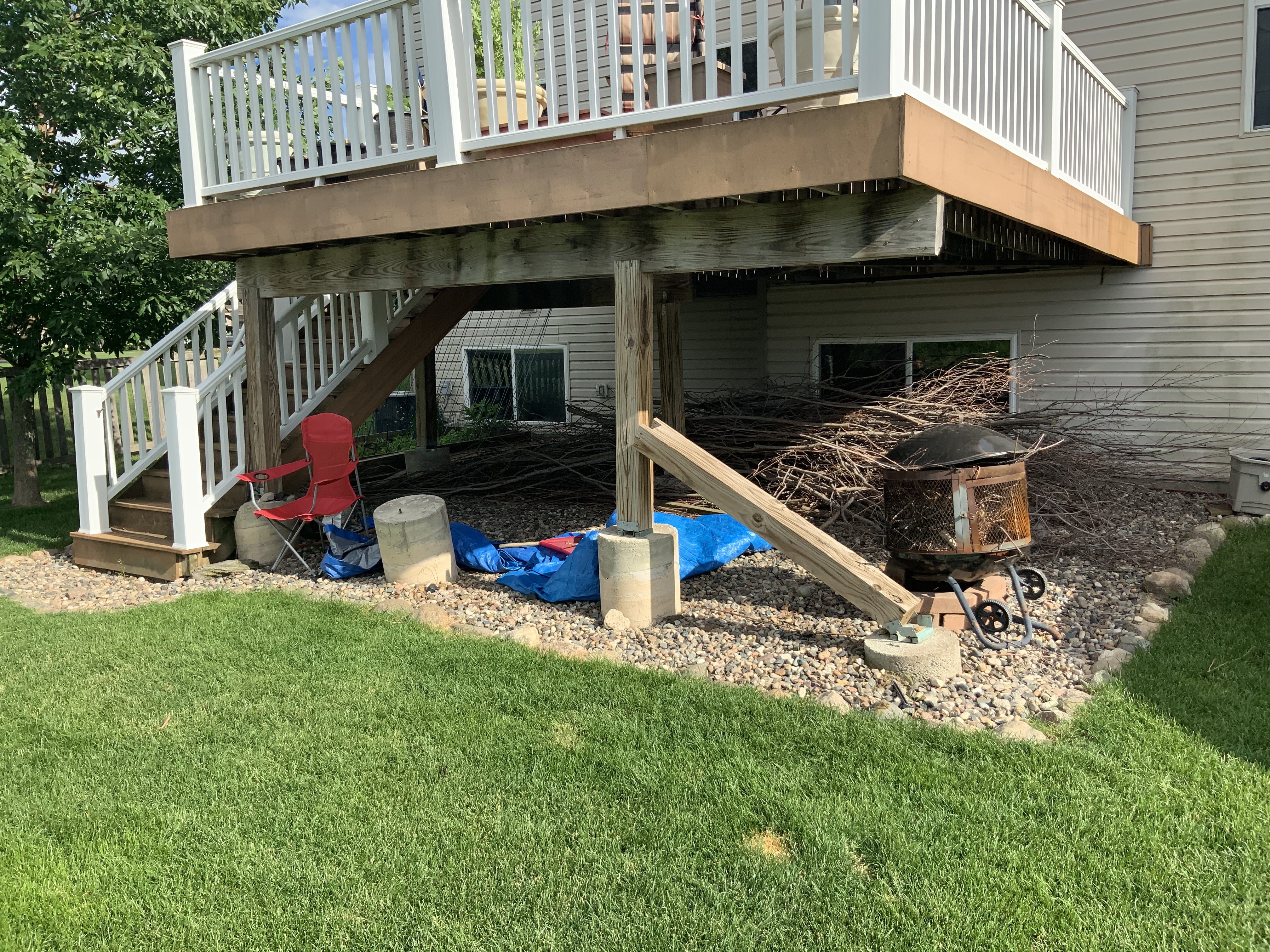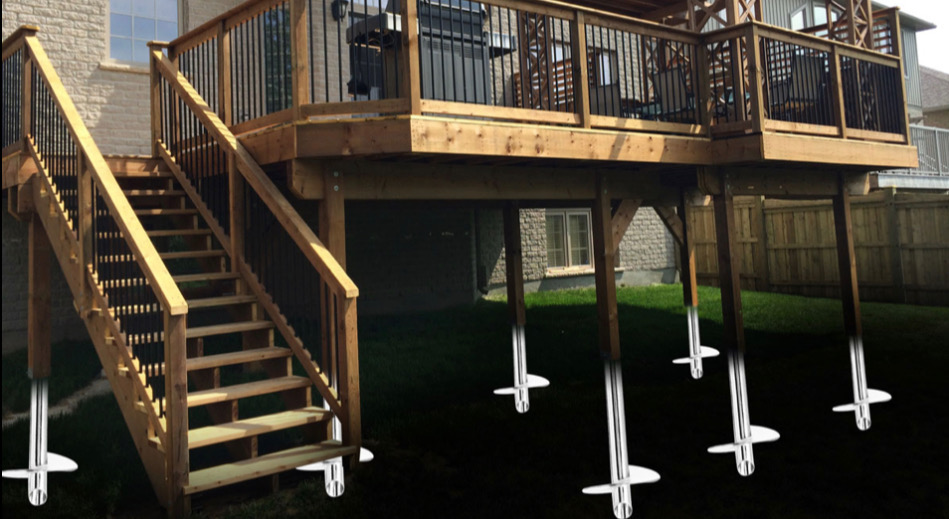Helical Piles | Installation | Sales
If you’re in commercial construction, you probably know a lot about what happens above ground as you watch structures rise from the earth. What happens below ground, at the foundational level, might be more of a mystery to some. Helical piles are an important piece of underground construction technology which invisibly hold buildings and bridges in place. So what is a helical pile? Helical piles literally do all the heavy lifting. Below are some basic facts about helical piles. Once you understand what they do, what they’re made of and how they work, you’ll gain a whole new appreciation for these invisible, deep-foundation champions.
WHAT DO HELICAL PILES DO?
The purpose of a helical pile is to provide foundational support for structures of all types and sizes. Just like old-fashioned pile-foundations, helical piles (also referred to as screw piles, helical piers, helical anchors, etc.) are embedded deep underground in order to disperse the enormous weight which sits atop them. Multiple piles are installed to create a platform, on which a building, a bridge or any number of other large structures can rest. You may also be wondering what is a helical pile for? Learn more about what helical piles do and how they’re used on our deep foundations page.
WHAT ARE HELICAL PILES MADE OF?
Most helical piles are round hollow shafts or square solid shafts, extruded from steel and come in a wide variety of diameters and gauges, to serve different types of projects. One or more steel screw threads (or helical bearing plates) welded onto the shaft, in order to supply ample downforce to the soil as it’s being screwed into the earth. Technically, this is what makes it a helical pile. The plane (or angle) of the screw is standard, although the size and shape can vary based on the application and soil specifications. At the head of the pile is a shear lug, which fits machine-driven, rotary hydraulic attachments. These, in turn, are powered by small or large excavators, depending on the size of the pile. For grouted pile applications, a lead displacement plate is fitted onto shaft extensions. This small disc pushes soil out of the way as it’s being screwed, leaving room for concrete to follow.


- Services
